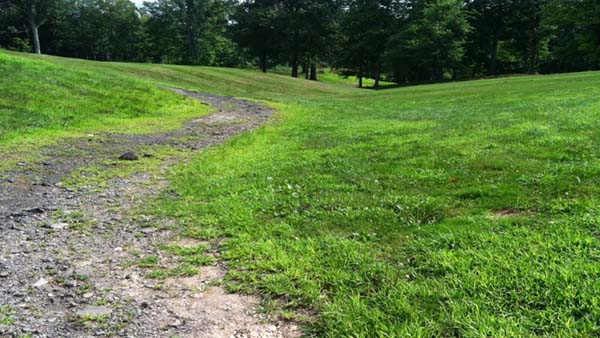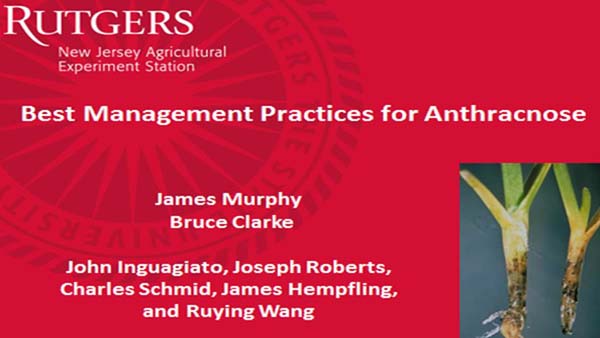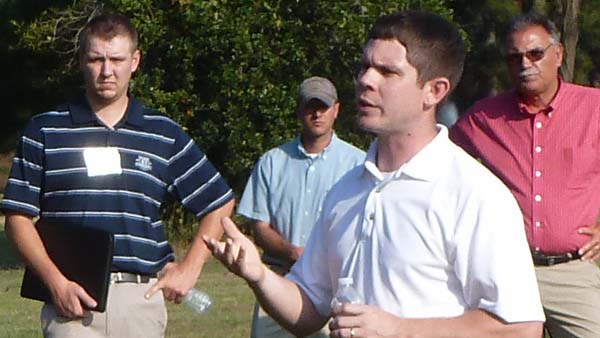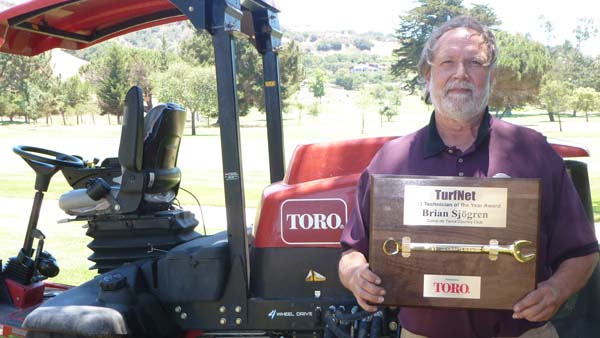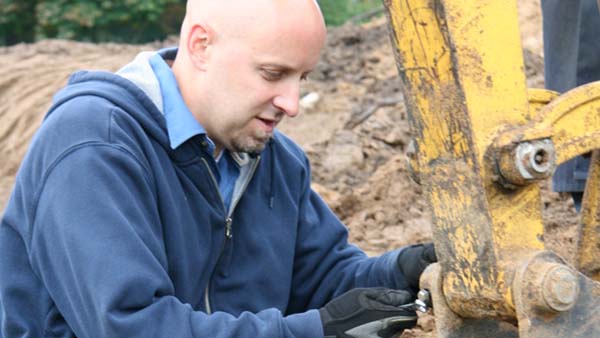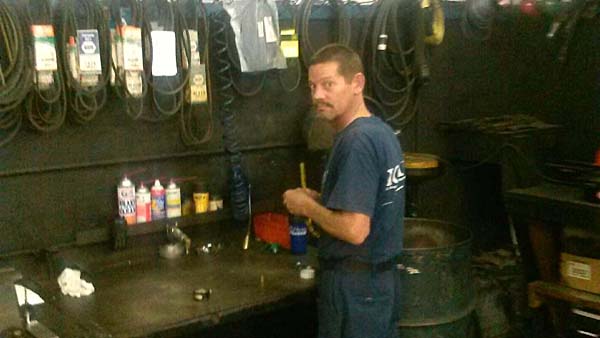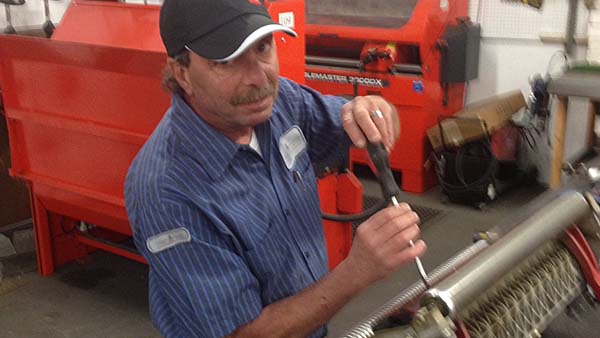

Golfweek is offering Dye aficionados, or those simply interested in knowing more about to the game, a three-day symposium at Kiawah Island Resort, home to one of Dye's most renowned creations - The Ocean Course. The event will showcase the accomplishments of Pete and Alice Dye and how they influenced the game through 50 years of course design. Scheduled for Nov. 9-11 at Kiawah Island, the 2014 Golfweek Architecture Summit, Honoring Pete and Alice Dye, will include a host of featured speakers, including honorees Pete and Alice Dye, Jerry Pate of Jerry Pate Design, Ty Votaw of the PGA Tour, Bill Coore of Coore-Crenshaw Design, Tom Doak of Renaissance Golf, Jason McCoy of Greg Norman Golf Course Design, Lee Schmidt of Curley-Schmidt Golf Course Design, former PGA Tour commissioner Deane Beaman and golf course architect Jan Beljan. A 2008 inductee into the World Golf Hall of Fame, and one of just a handful of architects to receive the honor, Pete Dye has designed, co-designed or redesigned hundreds of courses on five continents, among them TPC Sawgrass in Ponte Vedra Beach, Florida; Harbour Town Golf Links on Hilton Head, Island, South Carolina; The Ocean Course at Kiawah Island Resort in South Carolina; The Straits Course at Whistling Straits in Kohler, Wisconsin; Des Moines (Iowa) Golf and Country Club; and The Honors Course in Ooltewah, Tennessee. According to Golfweek, Dye's "distinctly modernist appropriation of classical, links-inspired, ground-game design features and geometry revolutionized the face of American golf and provided a stunning aesthetic contrast to the strictly aerial, down-the-middle approach, of postwar golf architecture. He also transformed the craft of course construction through a design/build approach in the field that he handed down to several dozen apprentices, many of whom became influential designers in their own right, among them Bill Coore, Tom Doak, Tim Liddy, Jason McCoy, Lee Schmidt and Rod Whitman." Says Golfweek: "Pete and his wife, Alice, also devoted considerable attention to forward and middle tee placement and course playability in an era when the experience of everyday golfers was virtually being overlooked. And their work has indelibly stamped the golf map with unforgettable images ? of island greens, railroad ties, lunar bunkering, madcap doglegs, and landscape features on an outrageous vertical and linear scale." Click here for more information, or to register.
- Read more...
- 4,299 views


